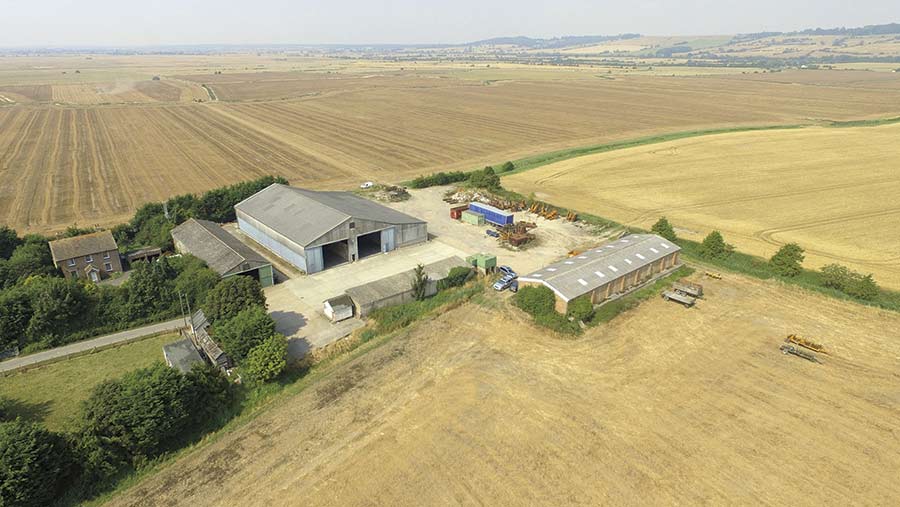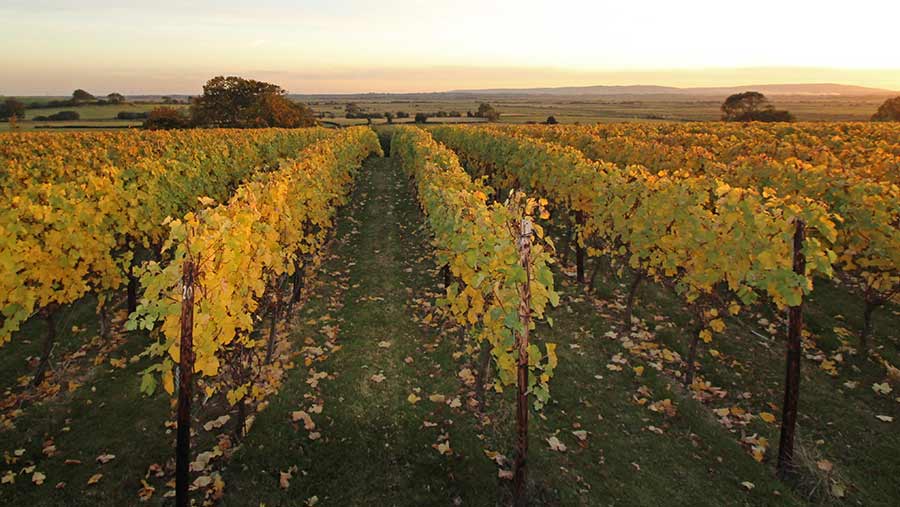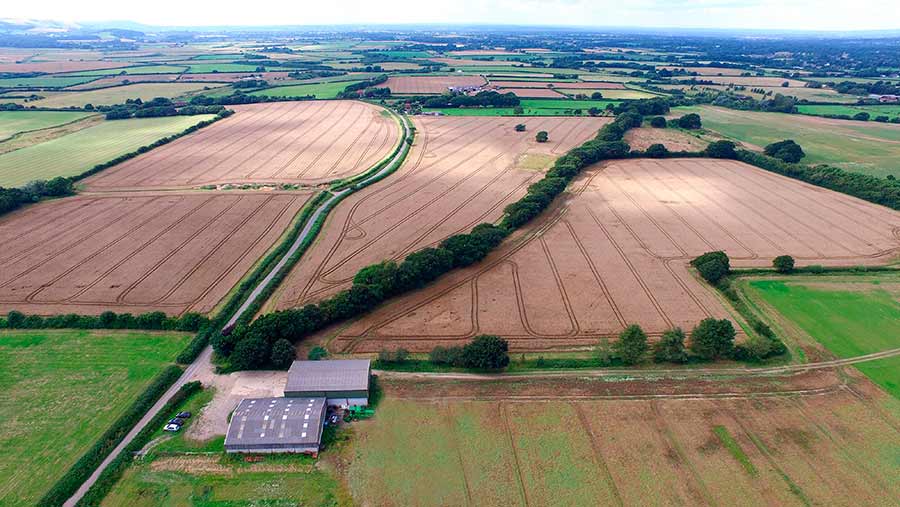City-slicker farm buyers less keen in south-east England
Good-quality fruit land in Kent, as well as land for vineyard planting is trading strongly, while commercial arable land is in demand but can vary hugely in price.
Without local competition, such arable land has even sold below the asking price, which is very unusual for the South East.
Smaller residential, or lifestyle farms, have been more difficult to sell than usual, due to fewer city buyers and pressure on the London housing market.
However, the motivation of these buyers may be starting to return.
The proportion of farmer buyers has decreased, while investors and tax-driven buyers have increased. Residential buyers now account for about 25% to 30% of the market.
Richard Thomas, director at BTF Partnership, Ashford
The market continues to hold steady, seemingly more influenced by rollover investors and inheritance tax purchasers than elsewhere.
Good-quality north Kent fruit-belt land continues to trade at up to £10,000/acre and more with competitive bidding, while more challenging clay soils in the Kent and Sussex Weald are under more pressure now at £7,000/acre to £8,000/acre for bare arable land.
The pressure, if any, is likely to be on smaller, less viable farm units in the short term, which might mean more land coming to the market.
However, I think it is wrong to predict significant land value changes in the South East at this early stage.
Small residential farms seem to be struggling at the moment.
There are fewer city buyers around and there is pressure on the London market which is limiting the usual number of buyers of these properties.
Land for vineyard planting is also popular, as is fishing and amenity land.
Rents are fairly static and some landlords have held back on serving notice. With the unknown issues around Brexit, many farmers may choose to sit tight.
Chris Spofforth, director of farm agency, Savills, Haywards Heath
The land market over the past 12 months has been a bit of a curate’s egg.
Demand for commercial farmland blocks has been strongest.
In tandem with national trends, quality, location and sensible pricing are key.
Lifestyle farms were difficult to sell last year, purely caused by a lack of motivated buyers, but they are starting to come back and we are cautiously optimistic for the lifestyle market in 2017.
It remains to be seen if and when the prospect of losing subsidy payments hits home and brings about any change to the current trading conditions.
There is a lot of talk about commodity prices and debt pressure, but this has been the case for the past few years.
Debt is a reason for selling, but no more so than the other drivers such death, divorce and retirement.
Where tenancy opportunities arise, there is ample interest on the right terms, but opportunities are few and far between.
Super-high rental offers are much rarer but you can never be sure until the tenders come in.
Matt Sudlow, partner at Strutt & Parker, London
We have seen a truly mixed picture across the region.
Arable land fetched anywhere from £7,500/acre to £11,000/acre and pasture anywhere from £5,000/acre to £9,000/acre.
The range I’ve experienced has increased which makes it harder to value and manage vendors’ expectations.
For example, when we sold two similar-sized arable blocks in East Sussex and Surrey. We were knocked over in the rush for one and it sold within three weeks for £10,000/acre while the other is under offer at about £8,000/acre.
If you have land-hungry neighbours competing, plus an investor, you exceed your guide price but somewhere else without the local competition takes a lot longer.
That’s why we’ve seen some sell below guide price which is quite rare for the South East.
People are less willing to compromise now – there are fewer residential estate buyers and they are picky on what they want.
Percentage wise, the proportion of farmer buyers has decreased but is still about 50% to 55% of the market. Investors and tax-driven buyers have increased, while residential buyers are 25% to 30% of the market.
What did farmers buy in 2016?
Abbots Court Farm

This unit on the Romney Marshes in Kent has about 1,016 acres of predominantly Grade 2 arable land with modern buildings and three houses.
It sold through Savills in excess of the £11.15m guide price after diverse interest.
Henners Vineyard

BTF Partnership sold Henners Vineyard and Winery at at Herstmonceux, East Sussex.
It is capable of production in excess of 20,000 bottles a year and was sold lock, stock and barrel for its £1.5m guide price.
Curls Farm

With 220 acres of Grade 3 arable land and two buildings near Ripe in East Sussex, this farm was launched by Strutt & Parker in September 2016 and sold in early November well above the guide price of £1.65m.
